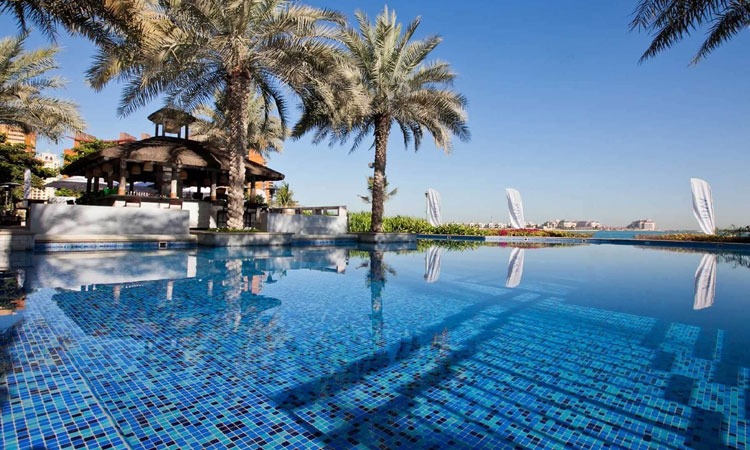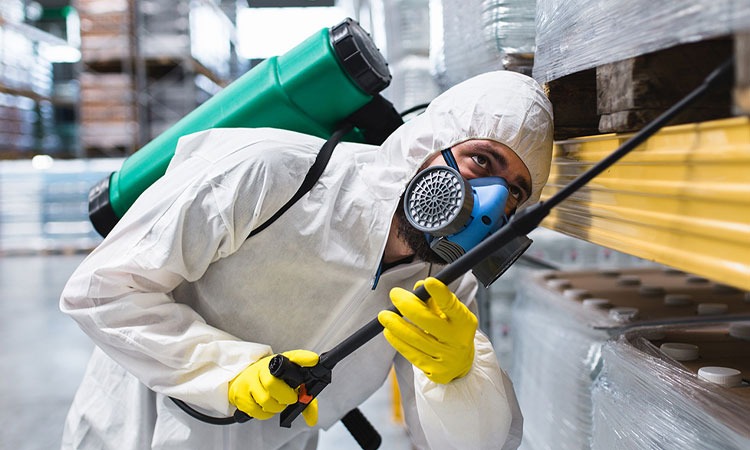Difficulties and dangers brought on by bugs
Inadequate pest prevention and control techniques can result in significant financial losses for the company due to product recalls, loss of reputation, stock and product loss, and legal actions that may eventually force the company to close.
The danger posed by the supply chain
The food processing facility is susceptible to insect infestations due to various factors such as the supply chain, ingredients, packaging, and the facility’s illumination and food odours. If the right steps aren’t taken, the structures’ provision of food, water, warmth, safety from predators, and shelter will create the perfect environment for their proliferation.
The Function of Integrated Pest Control
A technique called Integrated Pest Management was put into place by a pest control company Dubai. The procedure consists of three fundamental steps: inspection, identification, and treatment. However, it is a complicated one that needs to be carried out by experts to meet legal requirements and certified food standards.
Primary pest issues for food processors
The spectrum of pests found in food processing plants varies depending on the climate, geography, and food ingredients processed; nonetheless, beetles, moths, rats, cockroaches, and flies are the most prevalent pests.
Insects found in products that are stored
Anywhere in the food chain from the farm to the kitchen, beetles, weevils, moths, and mites—which are arachnids—that infest food in storage are referred to as “stored product insects,” or SPIs for short. Long-term storage increases the likelihood that stored product pests will be found in processed food products or food ingredients being delivered to processing facilities. A wide range of dried food goods, such as cereal products, tea, coffee, nuts, seeds, and dried fruit, are prone to pest infestations.
An egg, larva, pupa, or adult pest can all exist at the same time.
Paper, cardboard, plastic, cellophane, and foil packaging are among the materials they can infiltrate. Packaging harbouring bugs may appear undamaged because some insects’ entrance holes are smaller than what is visible to the human eye. Even though insects and mites may only eat small amounts of food, they can contaminate significant amounts of it through physical damage, excrement, cocoons, and other means.
Additionally, they can introduce germs that further degrade food, rendering it unfit or unsatisfactory for human use. Aside from altering their chemical and physical characteristics, insect activity in raw materials can cause them to cake during processing, stopping manufacturing lines and damaging equipment.
How much-stored product insects cost
A significant proportion of businesses were impacted by SPI-related delays and direct expenses, according to Rentokil’s research:
- Contamination of raw materials resulting in 37% of replacement costs;
- contamination of raw ingredients resulting in 45% of replacement costs;
- damage to finished goods resulting in 38% of replacement costs;
- delays and extra treatment (30%);
- fines or bankruptcy (10%).
Rodents
The ship rat, which used to be more common, is generally confined to some port areas. Rats and mice are attracted by food supplies and do not venture far from their shelter or nesting sites, so a large facility will nest close to accessible food stores.
Rats and mice are capable of a rapid increase in population given an abundant food supply, due to the number of litters they are capable of producing and the time to maturity, shelter from predators, and benign environmental conditions inside a building.
Cockroaches
They cause particular problems for food processing because of their size (giving them the ability to hide in small places), their varied diet, rapid reproduction, and the diseases they can carry.
Pest management techniquesPest control Dubai offers a variety of cockroach treatments, such as dust, aerosols, sprays, and bait. The pesticides used in a food processing facility must be approved for use by the appropriate authority and applied by qualified staff. Rentokil employs Insect Monitor Units to spot activity indicators and chemical-free control techniques appropriate for delicate commercial settings.




